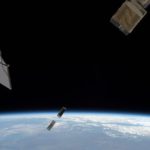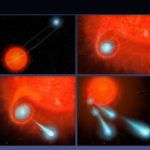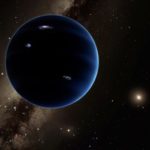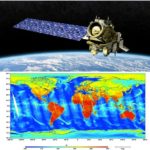By Marcus Woo About 250 miles overhead, a satellite the size of a loaf of bread flies in orbit. It’s one of hundreds of so-called CubeSats—spacecraft that come in relatively inexpensive and compact packages—that have launched over the years. So far, most CubeSats have been commercial satellites, student projects, or technology demonstrations. But this one, dubbed …
Category Archive: NASA Space Place
Nov 12
Dimming stars, erupting plasma, and beautiful nebulae
By Marcus Woo Boasting intricate patterns and translucent colors, planetary nebulae are among the most beautiful sights in the universe. How they got their shapes is complicated, but astronomers think they’ve solved part of the mystery—with giant blobs of plasma shooting through space at half a million miles per hour. Planetary nebulae are shells of gas …
Sep 13
One Incredible Galaxy Cluster Yields Two Types of Gravitational Lenses
By Ethan Siegel There is this great idea that if you look hard enough and long enough at any region of space, your line of sight will eventually run into a luminous object: a star, a galaxy or a cluster of galaxies. In reality, the universe is finite in age, so this isn’t quite the …
Aug 21
Is there a super-Earth in the Solar System out beyond Neptune?
By Ethan Siegel When the advent of large telescopes brought us the discoveries of Uranus and then Neptune, they also brought the great hope of a Solar System even richer in terms of large, massive worlds. While the asteroid belt and the Kuiper belt were each found to possess a large number of substantial icy-and-rocky …
May 15
NOAA’s Joint Polar Satellite System (JPSS) to revolutionize Earth-watching
By Ethan Siegel If you want to collect data with a variety of instruments over an entire planet as quickly as possible, there are two trade-offs you have to consider: how far away you are from the world in question, and what orientation and direction you choose to orbit it. For a single satellite, the …





